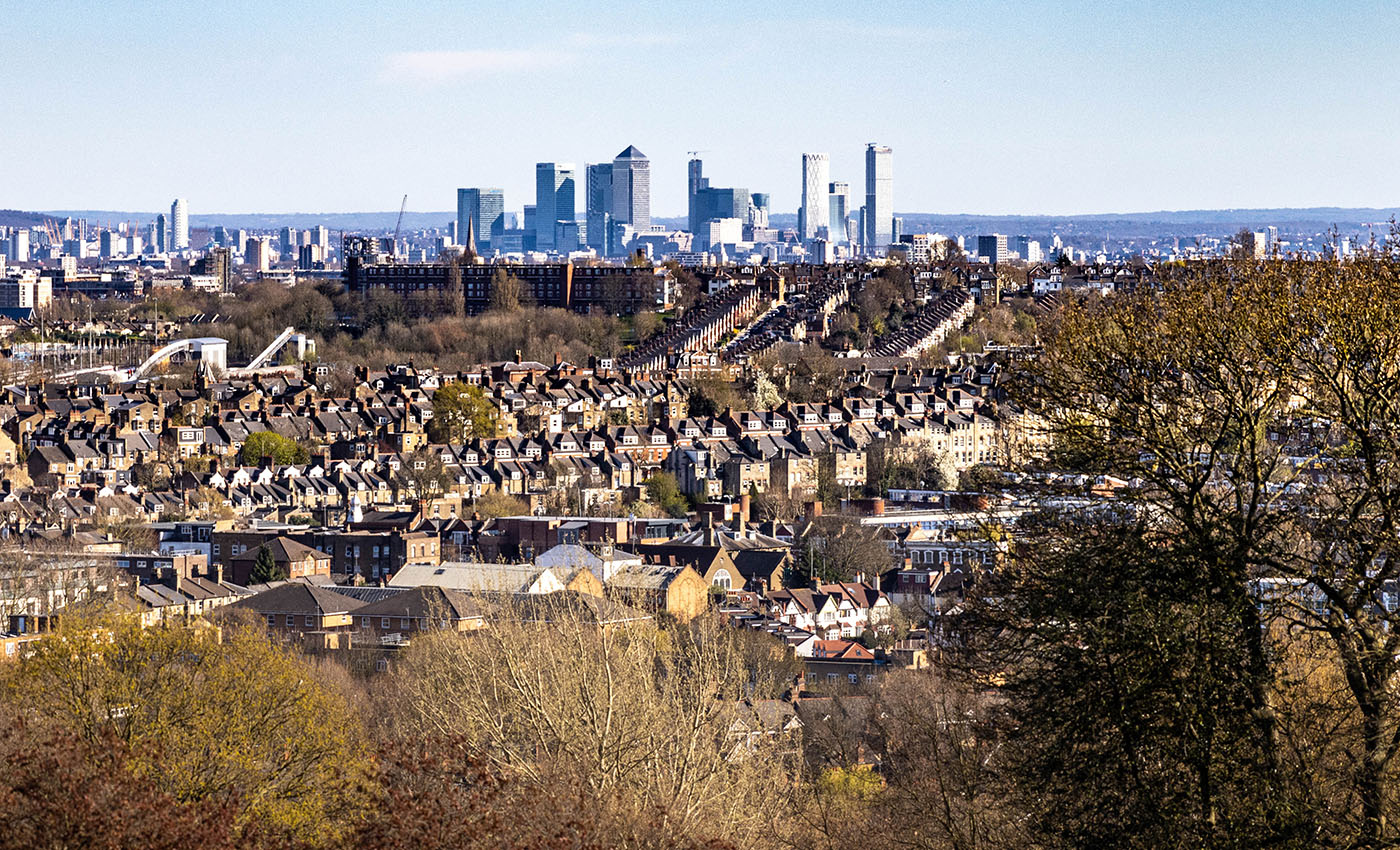3.2 Rain, ice and snow
Piers Forster, a climate scientist who played a leading role in writing the IPCC (2013) report, wrote 18 tweets when it was published, one for each of its headline statements. Figures 6 and 7 are two of his tweets that relate to the predictions of rain, ice and snow. Their captions give the original IPCC headlines.

The IPCC (2013) also predicts that it is ‘very likely’ that heavy precipitation events will increase in frequency, intensity or amount of precipitation over many areas: in particular, in the mid-latitudes (around 30°to 60°north or south) and in wet tropical regions.
The picture is less clear for droughts, but they predict it is ‘likely’ that droughts will become more intense and/or longer under the RCP8.5 scenario. They also predict that it is more likely than not that intense tropical cyclone activity will increase in the Western North Pacific and North Atlantic under high greenhouse gas concentrations (between RCP6.0 and RCP8.5).

In fact, the IPCC assessed that for RCP8.5, the Arctic Ocean is likely to be nearly ice-free during its annual minimum in September before the middle of the century.
